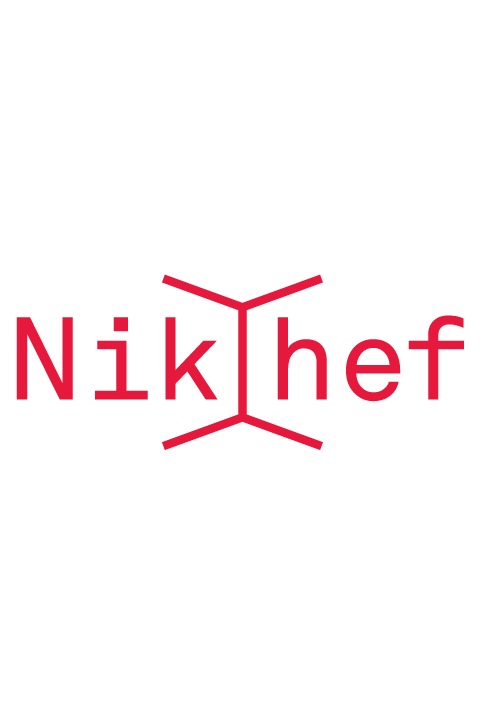Physicist Stefan Hild of Maastricht University and Nikhef will receive over 2 million euros from the European Research Council for new research into revolutionary new methods of detecting gravitational waves.
This was announced on Thursday by the ERC Advanced Grant program. Hild is currently leading the construction of the ETpathfinder in Maastricht, a collaboration of more than 15 research institutes in the Netherlands, Belgium, Germany and France. ETpathfinder will be a test facility for future gravity wave detectors.
Gravitational waves are vibrations of space itself, which arise from collisions of black holes or neutron stars in the universe. Such vibrations were foreseen in Einstein’s theory of relativity a century ago, but for a long time seemed too weak to measure. In 2015, for the first time, they succeeded.
In recent years, research has gained tremendous momentum. With detectors such as LIGO and Virgo, collisions are now observed on a weekly basis. However, in order to make the kilometer-long laser facilities in the US and in Italy even more sensitive, noise limitations must be overcome resulting from quantum effects. Hild wants to eliminate these with new optical tricks. “A new paradigm,” Hild calls it in the project proposal.
The ERC grant is for research into new types of interferometers. These are installations in which laser beams meet in long vacuum tubes with mirrors at the ends. A passing gravitational wave changes the lengths of the tubes by a fraction, subtly altering the laser light patterns.
From the wave patterns, the researchers can deduce properties about the colliding objects. This allows for direct tests of Einstein’s theory of relativity and theories about black holes and neutron stars and the origin of the universe in the Big Bang.
Current interferometers use length differences in laser paths to find gravitational waves. One problem with this is that the light beams themselves also affect the mirrors, so the distances are not sharply determined. This makes it particularly difficult to detect low-frequency gravitational waves.
As it is precisely these low-frequency waves that are important for looking deep into the universe, improvement of the interferometers is crucial. Hild will investigate a number of tricks whereby it is not the positions of the mirrors in the laser tunnels that reveal a wave, but their mutual speed.
This involves extremely subtle movements of the mirrors, the measurement of which is a major technical challenge. The research in Maastricht will aim to develop and prototype these experimental techniques so that they can potentially be used in the future to enhance, for example, the Virgo detector in Italy.
The research also fits in with the preparations for the Einstein Telescope, which by the time it is realized will be the most sensitive detector for gravitational waves on earth. This ET will be about 250 meters below ground to exclude interference.
The arms of ET form with a triangle with sides of 10 kilometers, according to the designs. The Netherlands is one of two possible locations for the project. The facility is expected to record thousands of gravitational waves per week, which will mean a new branch of astronomy.
Hild says he is also looking forward to the new research from a fundamental physics point of view. The limitations of current interferometers go back to Werner Heisenberg’s famous theories of inevitable quantum fuzziness from the last century. “The ETpathfinder will be an ideal test facility for advanced quantum schemes that circumvent Heisenberg’s fundamental limitations. Super-exciting.”

